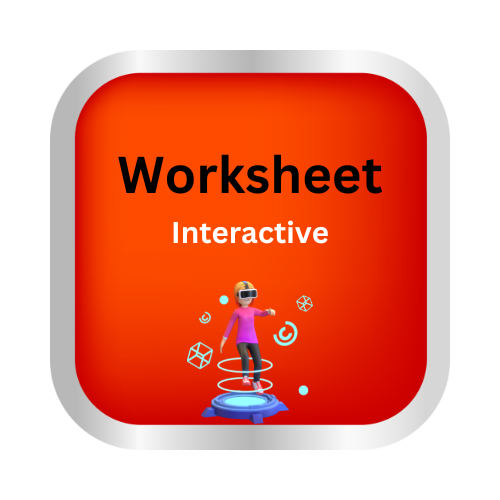Visually Challenged Persons Can Read And Write
Key Notes :

Introduction:
- Visual impairment or blindness can be a significant challenge.
- Assistive technologies and strategies have made it possible for visually challenged individuals to read and write effectively.
- In this presentation, we will explore how visually challenged persons can read and write.
- Braille:
- Braille is a tactile writing system used by the blind and visually impaired.
- It consists of raised dots arranged in specific patterns to represent letters, numbers, and even musical notations.
- Visually challenged individuals can read and write in Braille using their fingertips.
- Screen Readers:
- Screen readers are software programs that convert text on a computer screen into synthesized speech or Braille output.
- They allow visually impaired individuals to access digital content, including websites and documents.
- Popular screen readers include JAWS and NVDA.
- Audiobooks and Text-to-Speech:
- Audiobooks are audio recordings of books and other written materials.
- Text-to-speech technology can convert written text into spoken words.
- Both options enable visually challenged persons to “read” by listening to the content.
- Electronic Braille Displays:
- Electronic Braille displays are devices that provide tactile feedback by raising and lowering Braille dots on a surface.
- They connect to computers or mobile devices and allow for real-time reading and writing in Braille.
- Specialized Software:
- There are software programs designed for visually impaired users, such as screen magnifiers and speech recognition software.
- These tools assist in writing and reading digital content.
- Education and Training:
- Visually challenged individuals receive training and support to develop their reading and writing skills.
- Specialized instructors help them learn Braille and how to use assistive technologies effectively.
- Inclusivity and Accessible Materials:
- Efforts are made to produce books, websites, and documents in accessible formats, including Braille and audio.
- This ensures that visually challenged persons have equal access to information and educational resources.
- Examples of Success Stories:
- Share inspiring stories of visually challenged individuals who have excelled in education and careers through the use of these technologies and strategies.
Conclusion:
- Visually challenged individuals can read and write effectively through the use of Braille, screen readers, audiobooks, electronic Braille displays, specialized software, education, and accessible materials.
- With the right support and tools, they can overcome barriers and achieve their goals.
- Promoting inclusivity and awareness is crucial to ensure equal opportunities for all.
Let’s practice!

